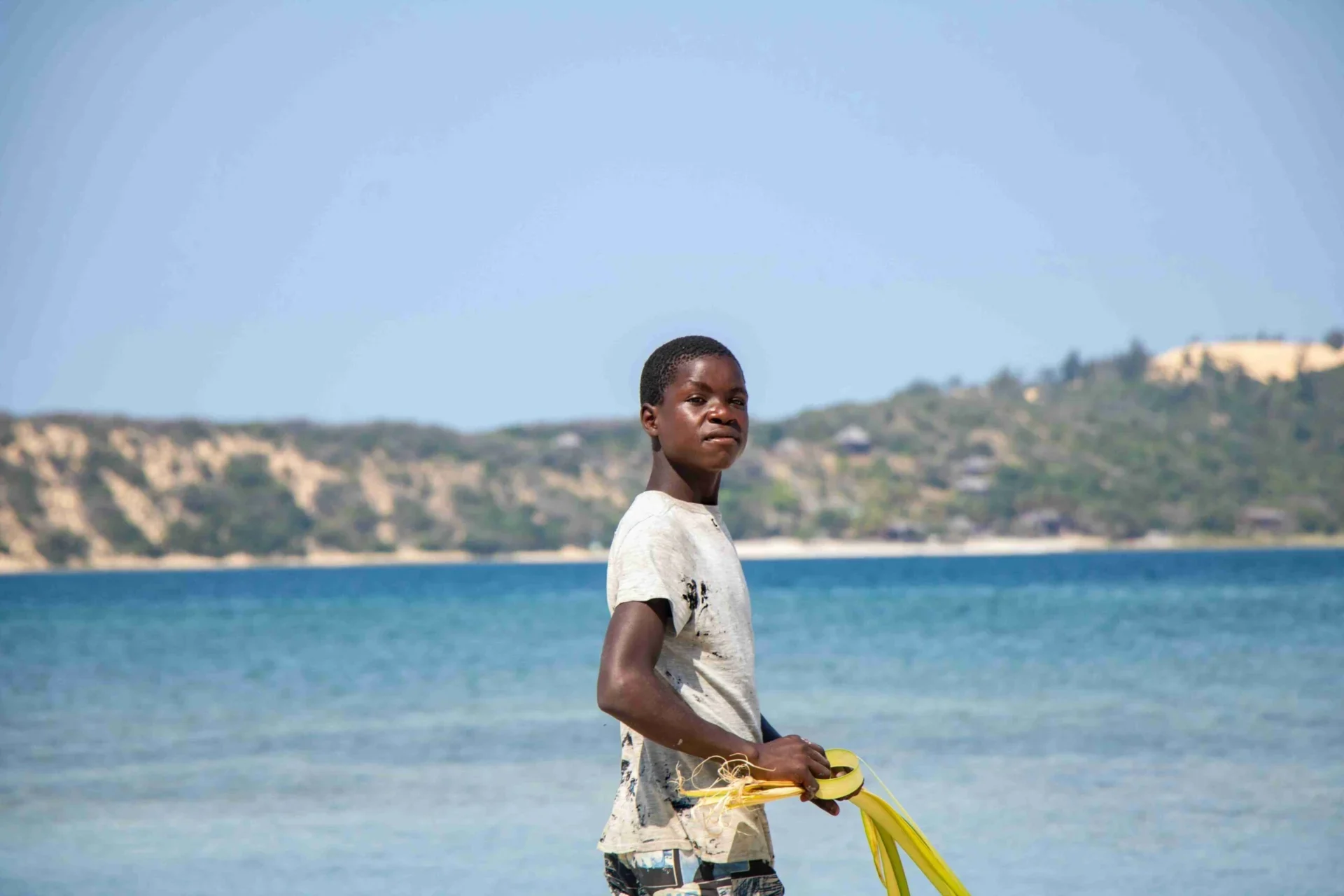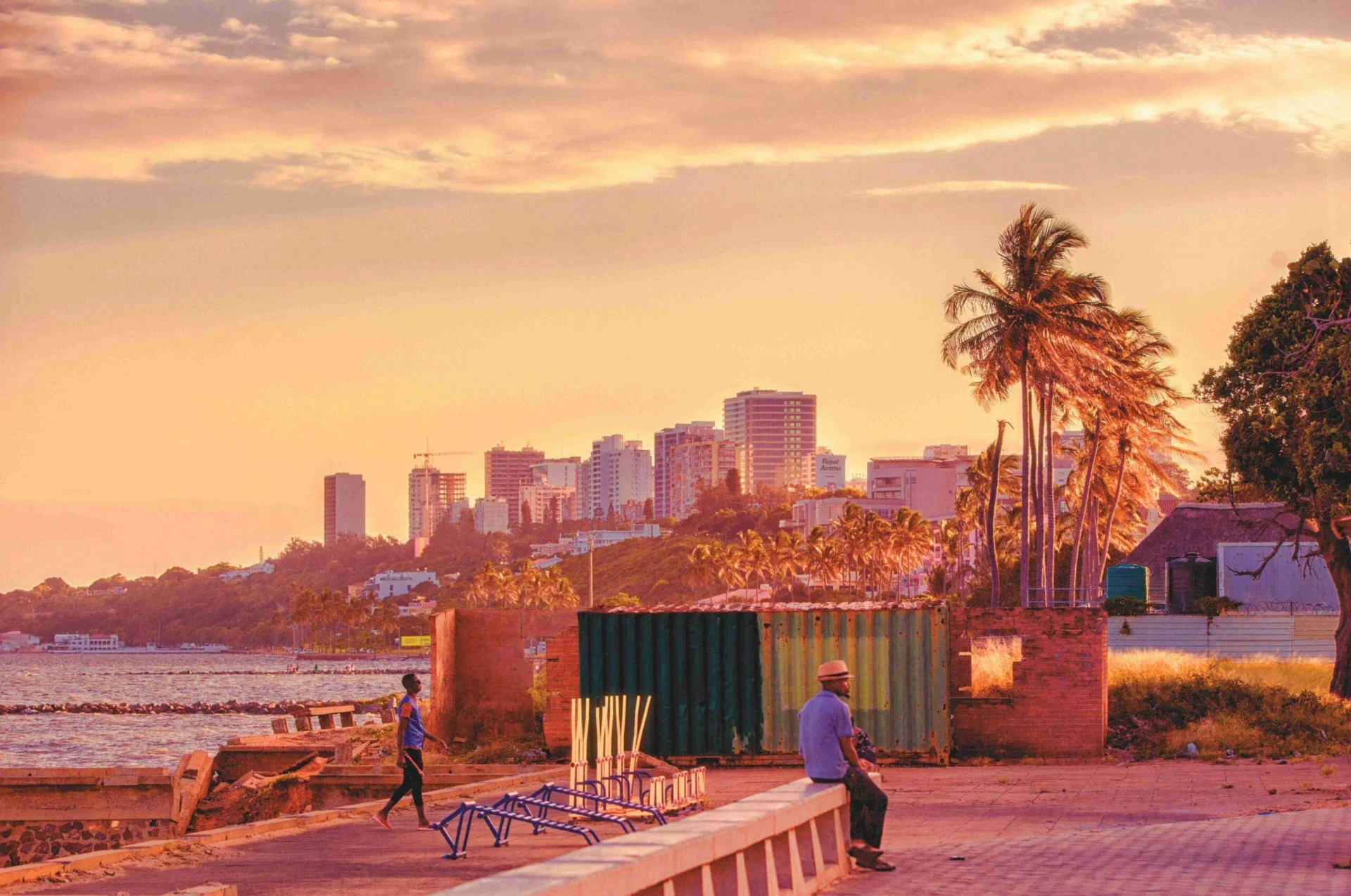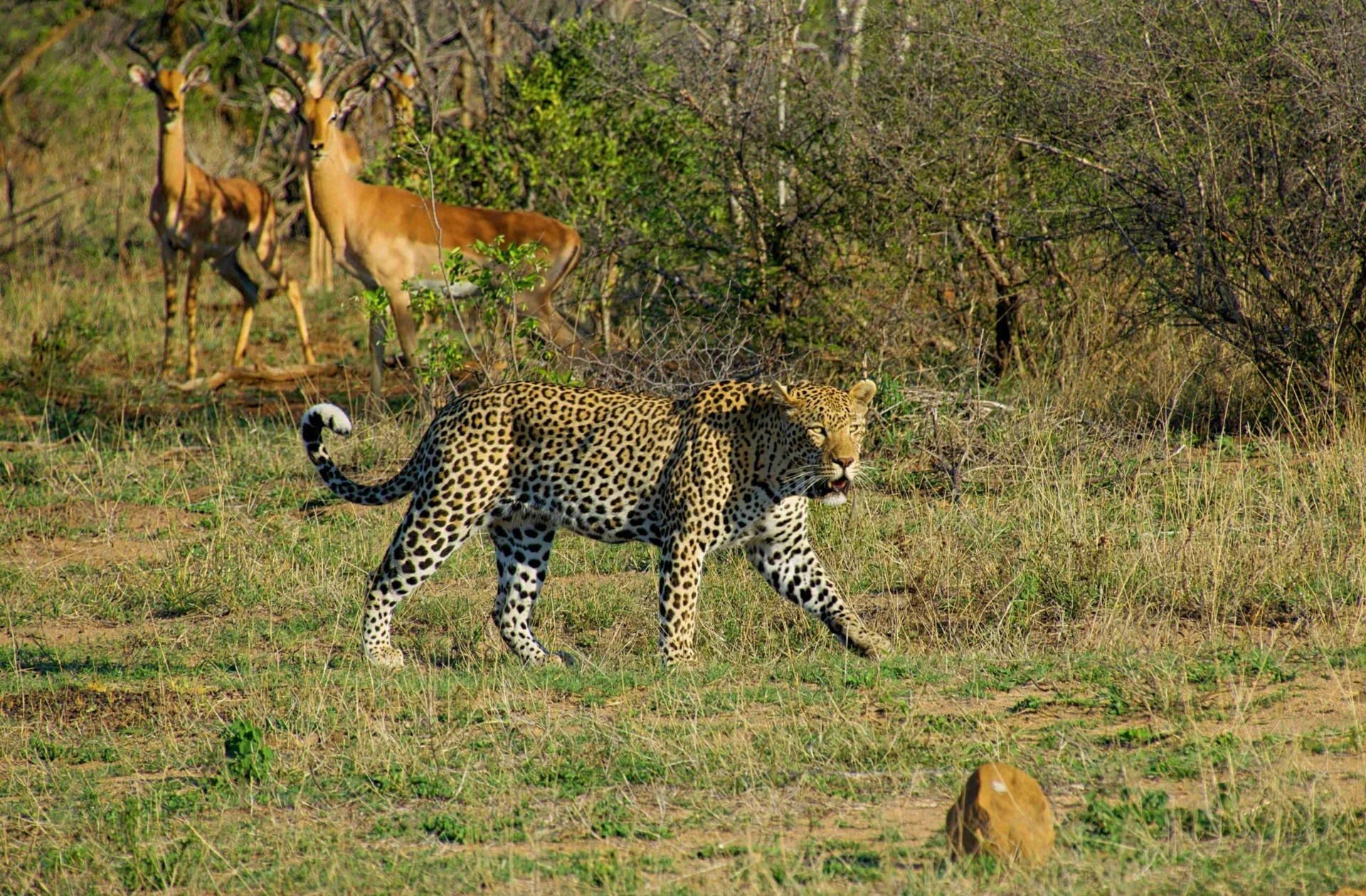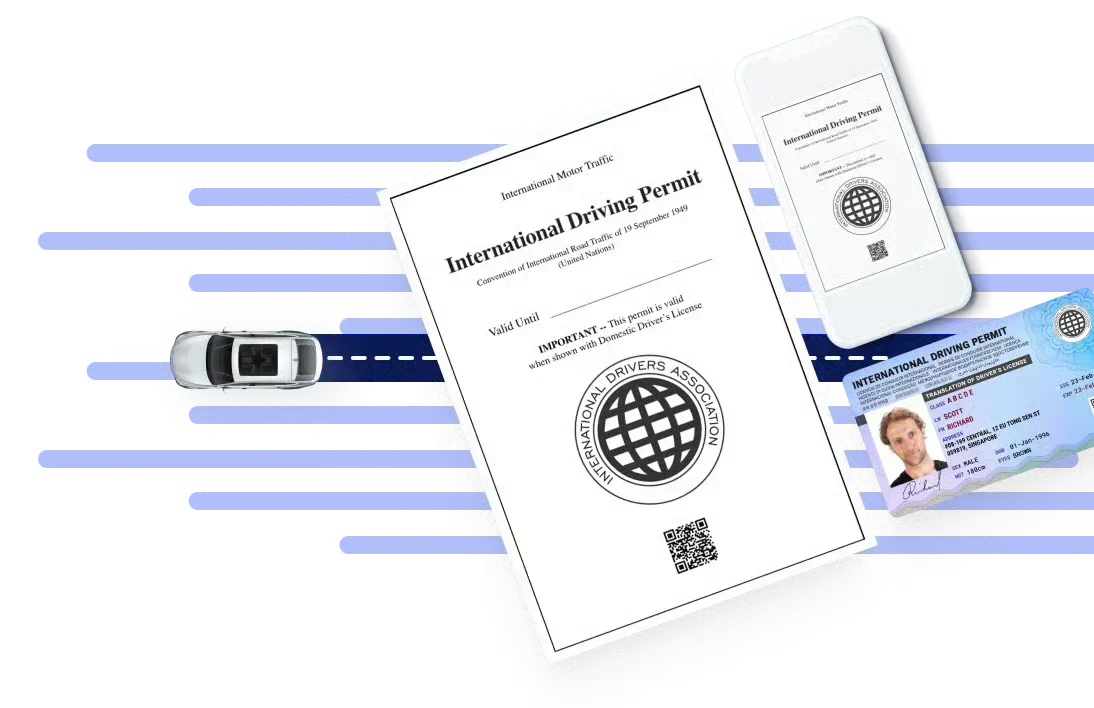Embarking on a road trip through Mozambique is an adventure of a lifetime. This guide will take you through four incredible routes, each offering unique experiences that showcase the country’s diverse landscapes, rich culture, and stunning natural beauty. Buckle up and get ready for an unforgettable journey through this enchanting country.
Check if you need an IDP NowWhere was your license issued?
Destination


Coastal Route (From Maputo to Pemba)
The Coastal Route is a dream come true for beach lovers and ocean enthusiasts. Starting in Maputo, the vibrant capital city, this journey takes you northward along Mozambique’s breathtaking coastline, ending in the picturesque city of Pemba.
Maputo
Begin your journey in Maputo, a city that blends colonial charm with modern energy. Stroll down Avenida Julius Nyerere to admire the city’s architectural gems, including the iconic train station designed by Gustave Eiffel. Don’t miss the bustling Municipal Market, where you can sample local delicacies and pick souvenirs.
Before hitting the road, fuel up with a traditional Mozambican breakfast of fresh tropical fruits and pão (Portuguese-style bread) at one of the city’s many cafes. Stock up on supplies for your journey, as some coastal route stretches can be pretty remote.
Inhambane
As you drive north, your first major stop is Inhambane , a charming coastal town that feels frozen in time. The town’s laid-back atmosphere is perfect for unwinding after a long drive. Take a leisurely walk through the historic center, where you’ll find well-preserved colonial buildings and friendly locals.
Inhambane’s real treasures lie in its nearby beaches. Head to Tofo Beach, a paradise for ocean lovers. Here, you can try your hand at surfing or join a snorkeling trip to swim alongside whale sharks and manta rays. For a more secluded experience, drive to the pristine Barra Beach, where you can relax on powdery white sand and watch local fishermen bring in their daily catch.
Vilanculos
Continue your coastal journey to Vilanculos, a small town that is the gateway to the stunning Bazaruto Archipelago. Before venturing out to the islands, explore the colorful local market and try some of the freshest seafood you’ll ever taste at one of the beachfront restaurants.
From Vilanculos, book a dhow trip to the Bazaruto Archipelago. These traditional sailing boats will transport you to a world of unspoiled beauty. Spend a day island-hopping, snorkeling in crystal-clear waters teeming with tropical fish, and lounging on deserted beaches. For the adventurous, try kitesurfing – the archipelago is renowned for its excellent wind conditions.
Pemba
The final stop on your coastal route is Pemba, a city where African, Arab, and Portuguese influences blend seamlessly. Explore the vibrant Old Town, where colourful markets sell everything from spices to traditional crafts.
Pemba’s Wimbe Beach is the perfect spot to conclude your coastal adventure. Take a dip in the warm Indian Ocean waters, then watch the sunset over the bay while enjoying a refreshing 2M beer – a local favorite.
Gorongosa National Park Route
For nature enthusiasts and wildlife lovers, the Gorongosa National Park route offers an unparalleled safari experience. This route takes you into the heart of Mozambique’s most famous national park, a true Eden for African wildlife.
Preparing for Your Gorongosa Adventure
Before setting off, ensure your vehicle is in good condition and equipped for off-road driving. Stock up on supplies in the nearby city of Beira, as options within the park are limited. It’s also advisable to book your accommodation and activities in advance, especially during peak season.
Exploring Gorongosa National Park
As you enter Gorongosa , prepare to be amazed by the sheer diversity of landscapes and wildlife. The park is home to lions, elephants, hippos, and a myriad of bird species. Start your exploration with a guided game drive. Expert rangers will help you spot animals and share fascinating insights about the park’s ecosystem and conservation efforts.
For a more intimate experience with nature, join a walking safari. These guided walks allow you to get up close with smaller creatures and learn about the park’s plant life. Keep your eyes peeled for colorful birds – Gorongosa is a birdwatcher’s paradise with over 400 species recorded.
Visit Mount Gorongosa, a sacred mountain crucial to the park’s water system. The hike offers stunning views and a chance to see unique flora and fauna.
As the day winds down, head to Chitengo Camp for a sundowner. Watch the African sky turn spectacular shades of orange and pink as you reflect on the day’s adventures.

Northern Mozambique Route
The Northern Mozambique route is a treasure trove of history and culture. This journey takes you to some of the country’s most significant historical sites and offers a glimpse into traditional Mozambican life.
Ilha de Moçambique
Begin your northern adventure on Ilha de Moçambique , a small island of oversized historical importance. Connected to the mainland by a narrow bridge, this former Portuguese colonial capital is a living museum of architectural and cultural wonders.
Explore the narrow streets of Stone Town, where you’ll find beautifully preserved buildings dating back to the 16th century. Visit the Palace and Chapel of São Paulo, now a museum showcasing the island’s rich history. Don’t miss the impressive Fort São Sebastião, one of the oldest complete forts still standing in sub-Saharan Africa.
For a taste of local life, wander through the bustling Makuti Town, where most of the island’s residents live. Here, you can sample traditional Mozambican dishes and interact with friendly locals.
Quirimbas Archipelago
From Ilha de Moçambique, head north to the Quirimbas Archipelago. This string of 32 coral islands perfectly blends history, culture, and natural beauty. Ibo Island, one of the larger islands in the archipelago, is a must-visit destination.
On Ibo, explore the crumbling ruins of colonial-era forts and admire the skilled craftsmanship of local silversmiths. Take a dhow trip to nearby islands for world-class snorkeling and diving experiences. The coral reefs teem with marine life, including dolphins, sea turtles, and a kaleidoscope of tropical fish.
Kilwa Kisiwani
While technically in Tanzania, a detour to Kilwa Kisiwani is well worth the extra miles. This ancient Swahili trading city was once one of the most powerful settlements on the East African coast.
Wander through the extensive ruins, including the Grand Mosque, the largest medieval mosque on the East African coast. With its intricate architecture, the Palace of Husuni Kubwa offers a glimpse into the opulent lifestyle of Kilwa’s former rulers.
Check if you need an IDP NowWhere was your license issued?
Destination
As you explore these historical sites, imagine the bustling trade and cultural exchange that once took place here. It’s a humbling experience that connects you to centuries of African history.
Great Limpopo Transfrontier Park Route
The Great Limpopo Transfrontier Park route offers an exciting cross-border adventure for those seeking a truly epic road trip. This journey takes you through three countries – Mozambique, South Africa, and Zimbabwe – showcasing diverse landscapes and wildlife.
Kruger National Park
Begin your transfrontier adventure in South Africa’s world-renowned Kruger National Park. Known for its incredible biodiversity, Kruger offers some of Africa’s best wildlife viewing opportunities.
Spend at least a few days exploring Kruger’s vast network of roads. Early morning and late afternoon game drives offer the best chances of spotting the “Big Five” – lions, leopards, elephants, rhinos, and buffalo. Don’t forget to look out for smaller creatures, like the colorful lilac-breasted roller or the elusive pangolin.
Limpopo National Park
Cross the border into Mozambique and enter Limpopo National Park. This lesser-known park is slowly recovering from years of civil war and poaching, offering a more rugged and adventurous safari experience .
The landscape here is diverse, ranging from open savannah to dense mopane forests. While wildlife numbers are lower than in Kruger, patient visitors may be rewarded with sightings of elephants, lions, and various antelope species. The park’s remoteness also means you’ll likely have wildlife sightings all to yourself.
Gonarezhou National Park
The final leg of your transfrontier journey takes you into Zimbabwe’s Gonarezhou National Park. Known as the “Place of Elephants,” this vast wilderness is home to over 11,000 pachyderms.
The park’s most iconic feature is the Chilojo Cliffs, towering red sandstone cliffs that offer breathtaking views over the Runde River valley. Take a guided walk along the river to spot hippos, crocodiles, and the park’s famous big-tusked elephants.
Additional Considerations
Before planning your trip, here are things you must consider:
Road Conditions
Be prepared for varying road conditions throughout your journey. While main roads are generally in good condition, secondary roads can be challenging, especially during the rainy season. A 4×4 vehicle is recommended for many of these routes.
Safety
While Mozambique is generally safe for tourists, it’s important to stay vigilant, especially in urban areas. Avoid driving at night, and always be aware of your surroundings. When in national parks, always follow ranger instructions regarding wildlife safety.
Driving Permit
Given that this trip involves a lot of driving, you might rent a car. However, you might get into any lawful hiccup with the authorities. Therefore, you need to have a foreign driving permit with you. You know, just for extra measure.
Accommodation
Mozambique offers a wide range of accommodation options to suit all budgets. You’ll find many choices, from luxury eco-lodges in national parks to simple guesthouses in small towns. Camping is also popular for those looking to immerse themselves in nature.
Planning
Careful planning is key to a successful Mozambique road trip. Research your route thoroughly, considering factors like distance, road conditions, and border crossings. Book accommodations and activities in advance, especially during peak tourist seasons.
Final Thoughts
Embarking on a road trip through Mozambique is more than just a vacation – it’s an adventure that will stay with you for a lifetime. From the sun-kissed beaches of the coast to the wildlife-rich national parks and the historical treasures of the north, Mozambique offers a diverse array of experiences. So pack your bags, hit the road, and prepare to fall in love with this beautiful African nation. Your Mozambican adventure awaits!
Frequently Asked Questions
When is the best time to visit Mozambique for a road trip?The best time for a Mozambique road trip is during the dry season, from May to November. This period offers pleasant weather and better road conditions. However, if you’re interested in wildlife viewing, September to November is ideal as animals gather around water sources.
What type of vehicle is best for a Mozambique road trip?A 4×4 vehicle is highly recommended, especially when visiting national parks or traveling on secondary roads. Many car rental companies in Mozambique offer 4×4 options suitable for various terrains.
Is it safe to drink tap water in Mozambique?It’s advisable to drink bottled or purified water throughout your trip. Tap water in most areas is not considered safe for tourists to drink.
Can I use credit cards in Mozambique?Credit cards are accepted in major cities and tourist areas, but cash is king in rural areas. It’s best to carry a mix of cash (both US dollars and Mozambican meticais) and cards.
What languages are spoken in Mozambique?Portuguese is the official language, but many local languages are also spoken. English is common in tourist areas, but learning a few basic Portuguese phrases can be helpful.
Are there any cultural customs I should be aware of?Mozambicans are generally friendly but conservative. Dress modestly, especially when visiting rural areas or religious sites. Always ask permission before taking photos of people.
How reliable is mobile phone coverage and internet access during the road trip?Mobile coverage is good in cities and along main roads but can be patchy in rural areas. Consider purchasing a local SIM card for better coverage and data rates.
What should I do in case of a medical emergency during my road trip?Major cities have hospitals, but facilities in rural areas are limited. Consider purchasing comprehensive travel insurance that covers medical evacuation. Keep emergency numbers handy, including your embassy’s contact information.






